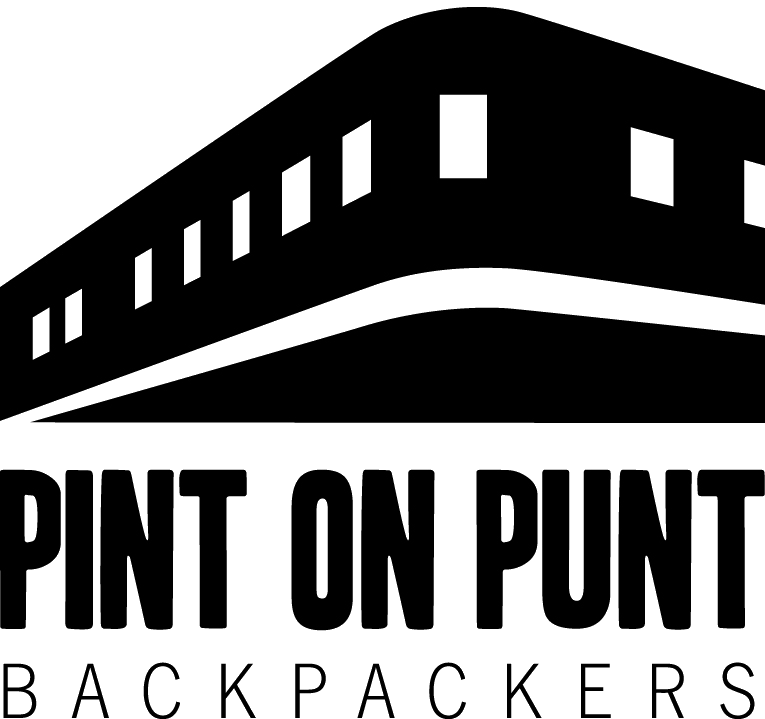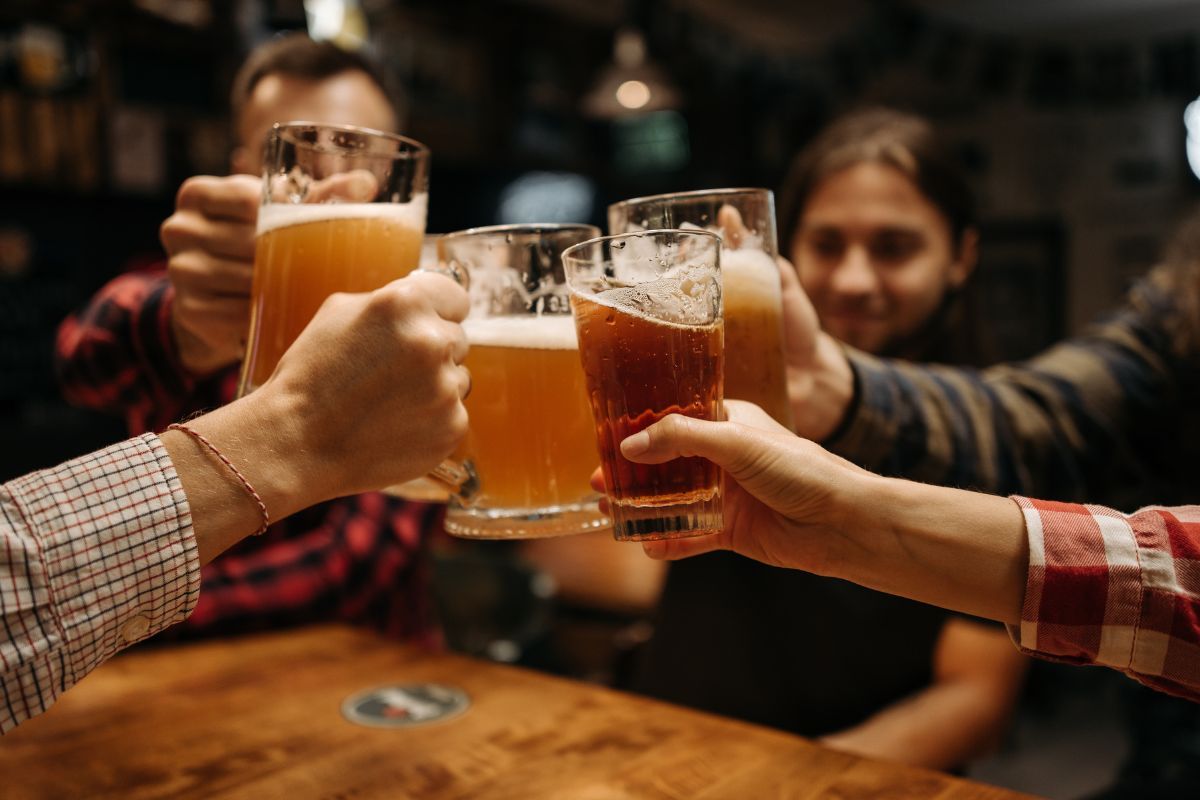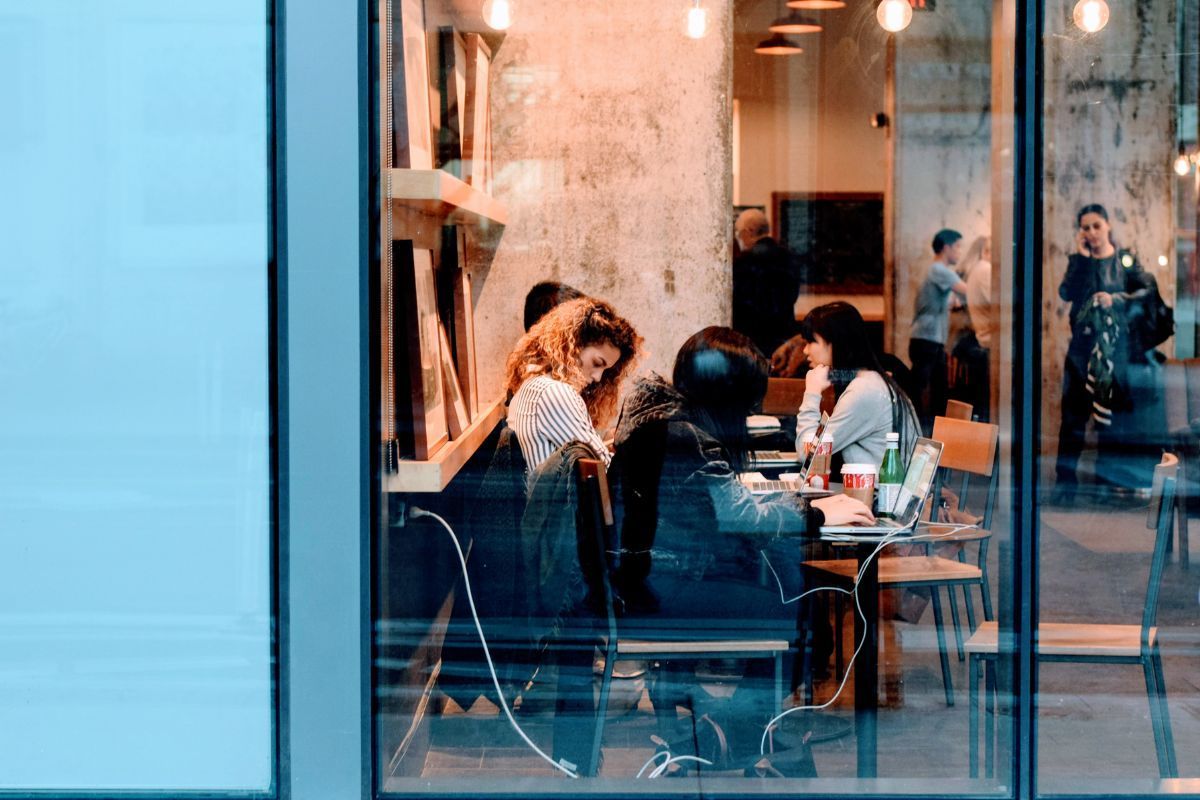Working holiday in St Kilda: Essential information for backpackers
St Kilda isn’t just one of Melbourne’s most iconic beachside suburbs—it’s also a magnet for backpackers chasing that sweet combo of work, play, and chill. If you’re dreaming of sunsets by the pier, flexible jobs, and an awesome travel community, a working holiday in St Kilda might just be your perfect match. Let’s break down what you need to know before diving in.
When is the peak season and off-peak season of working holiday in St Kilda?
If you’re planning a working holiday in St Kilda, picking the right season can massively shape your experience - whether you’re hunting for jobs, a place to stay, or just the best beach vibe.
Peak season: Summer
(December - February)
Summer in St Kilda is buzzing. This is when beach days, music festivals, night markets, and rooftop bars are in full swing. Events like the St Kilda Festival (which draws over 400,000 visitors annually, according to the City of Port Phillip) drive up demand for short-term workers in hospitality, events, and tourism.
But there's a trade-off: hostel prices can double, especially near the beach, and many jobs are snatched up quickly by travellers who arrive early.
If you’re planning to work during summer, aim to arrive by late November - that’s when many businesses begin hiring for the season and you’ll beat the main crowds.
Off-peak season: Winter
(June to August)
Tourism slows, but so does competition. Accommodation rates drop, and some hostels offer discounted weekly stays or work-for-accommodation deals.
This is also when digital nomads and longer-term backpackers settle in.
That said, if you’re relying on casual work, it’s common to travel north during this period - states like Queensland and the Northern Territory are in peak tourism season and always in need of seasonal workers.
Many backpackers also use this time to complete their 88 days of regional or farm work - essential if you’re aiming for a second or third-year Working Holiday visa.
Guide to Working Holiday Visa in Australia
If you’ve fallen for the beach lifestyle in St Kilda and want to stick around longer (with a way to fund your stay), then a Working Holiday visa is your best move. It lets you live, travel, and work across Australia for up to 12 months—with the possibility of extending it to a second or even third year if you meet the requirements.
Australia offers two main visa subclasses for backpackers:
- Subclass 417 (Working Holiday): Available to passport holders from 19 countries, including the UK, Germany, Canada, Ireland, and most of Western Europe.
- Subclass 462 (Work and Holiday): Designed for specific countries across Asia, South America, and the USA, with slightly different eligibility criteria and requirements.
Important: You can’t work on a Visitor (Tourist) Visa—doing so could result in a visa cancellation or even a re-entry ban.
ELIGIBILITY
While requirements vary slightly between the two visa types, the general criteria include:
01 Criterias 1 and 2
- Aged 18 to 30 (or 35 for citizens of the UK, Canada, France, Ireland, and a few others)
- Hold a valid passport from an eligible country.
02 Criterias 3 and 4
- Apply from outside Australia
- Have no dependent children accompanying you
03 Criteria 4
- Meet health and character requirements
You’ll also need to show proof of sufficient funds (around AUD $5,000) to support yourself initially - this is often checked at the border.
Find out which visa you’re eligible for:
Costs
A Working Holiday visa doesn’t come free, so budget accordingly:
| Item | Estimated Cost (AUD) |
|---|---|
| Visa application fee | $635 (as of 2025) |
| Travel insurance | $300–$600 (1-year coverage) |
| Medical exam (if required) | $100–$350 |
| Police checks | $50–$100 (varies by country) |
| Passport photos/doc translations | $30–$100 |
Another note that travel insurance isn’t technically mandatory but is highly recommended. Some visa conditions (especially Subclass 462) may even require proof of coverage.
Application Requirements
Here’s what you’ll need to have ready before applying:
- Valid passport (with at least 6 months validity)
- Passport-style photo
- Proof of funds (e.g. recent bank statements showing ~$5,000+)
- Travel insurance policy
- Police clearance (for some countries, such as the USA or Thailand)
- Medical exams (especially if you've lived in a high-risk TB country)
The application is done online through the Australian Government’s immigration website. Processing times can vary - most applicants get approved within 3–4 weeks, though delays can occur in peak periods
What Jobs Can Backpackers Get With This Visa?
Hospitality & Tourism
This is the #1 job sector for working holiday makers, especially in summer. St Kilda’s beachside bars, pubs, and cafes are always hiring:
- Baristas, bartenders, waitstaff, kitchen hands
- Average pay: $25–$32/hour, depending on experience + tips
- Many roles require an RSA (Responsible Service of Alcohol) certificate, which costs ~$60 and can be done online.
Best suited for: Friendly, fast-paced workers with hospitality experience (but some venues train on the job).
Where to apply:
- Seek
- Barcats (specialised in hospo gigs)
- Sidekicker (casual on-demand shifts)
Retail & Sales
Casual positions in stores, market stalls, or seasonal pop-ups are common—especially around the Christmas-New Year sales period.
- Roles: Shop assistant, cashier, stocker, merchandiser
- Average pay: $26–$30/hour
- Some gigs are short-term (e.g. 1–2 weeks), others can last months.
Where to apply:
Promo & Event Work
St Kilda is known for its events - St Kilda Festival, Twilight Market, outdoor gigs—and there’s always demand for energetic staff.
- Roles: Brand ambassadors, flyer distributors, ticketing staff, event crew
- Pay: $27–$35/hour depending on agency/event
Great for: Outgoing personalities and travellers looking for flexible or one-off jobs.
Where to apply:
Hostel Work & Cleaning
Many hostels offer free or discounted beds in exchange for a few hours of work each day - perfect for those staying long-term or saving cash.
- Jobs: Cleaning, linen change, front desk, basic maintenance
- Work-for-accommodation usually includes 10–20 hours/week of shifts
Where to find it:
- Ask directly at the hostel reception
- Hostel Jobs
- Local Facebook groups (e.g. Melbourne Backpackers Jobs)
Backpacker Tips
Things for Backpackers to Keep in Mind While Looking for Accommodation in St Kilda
Budget vs. Comfort
While hostel dorms remain the most budget-friendly option (averaging $35–$50/night in summer, $25–$35 in winter, per Hostelworld data), the trade-off often comes in the form of crowded bathrooms, limited kitchen space, and late-night noise.
If you’re staying more than a few weeks, consider hostels with smaller dorms (4–6 beds) or weekly discounts - especially during off-peak months. Private rooms in backpacker hostels are also on the rise, offering mid-tier comfort without hotel prices.
Location Matters
St Kilda is walkable, but where you stay still makes a difference. Hostels near Acland Street and Fitzroy Street put you within reach of casual job opportunities, supermarkets, bars, and the 96 and 16 tram lines - perfect for commuting into Melbourne CBD or getting around late at night. The closer you are to Luna Park and St Kilda Beach, the more central (and lively) your stay will be.
Check for Freebies
The best backpacker hostels offer more than just a bed—they provide a community. Look for inclusions like free breakfast, Wi-Fi, hostel events, BBQ nights, or walking tours.
These not only help cut down on daily costs but are also the fastest way to make friends, especially if you’ve just arrived.
Make the Most Out of Your Working Holiday in St Kilda
A working holiday is about more than just earning money - it’s about immersing yourself in local life, connecting with people from all over the world, and making the most of every off-duty moment.
If you’re after a social base with easy access to everything, Pint on Punt Backpackers is a great pick. This St Kilda backpackers hostel is just minutes from the beach and located above a classic Aussie pub - The Windsor Alehouse, making it a favourite among young travellers. It’s known for its welcoming vibe, shared kitchen, in-house events, and easy tram access.
And when you're ready to explore the area?
Check out: 20+ Best Things to do in St Kilda That You Must Try








